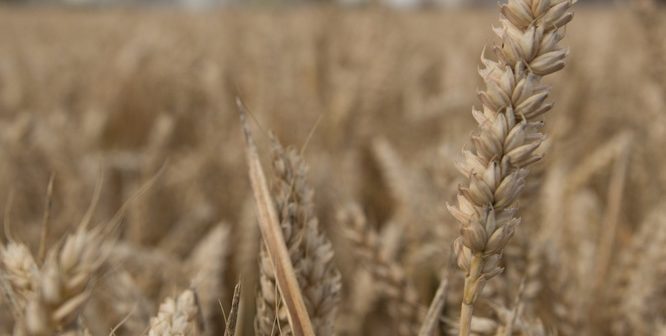Wet and unsettled weather in July has encouraged a late flush of weed growth and secondary tillering in wheat and spring crops. These both have the potential to increase the level of contaminants in and the moisture content of harvested grain. Growers and agronomists will therefore be assessing the need for preharvest applications of glyphosate to mitigate these risks. The Voluntary Initiative (VI) is reminding growers of the need to ensure that glyphosate use and application adheres to best practice.
Dr Neal Evans, operations director at the VI said; “Following the long, dry spring which saw many crops suffer stress in drought-like conditions, the recent wet weather in some areas of the country has resulted in a late flush of weed growth and secondary tillering in some wheat and spring crops which could potentially cause problems at harvest. We want to ensure that where glyphosate is used, it is done to best practice and also to remind growers / spray operators to read the label carefully and check their contractual requirements”.
Further information on Integrated Pest Management and best practice is available from the VI website at www.voluntaryinitiative.org.uk . In addition, there is an excellent suite of guidance documents and advice on pre harvest use of glyphosate available from the AHDB at:
https://ahdb.org.uk/knowledge-library/pre-harvest-glyphosate-use-in-cereals-and-oilseed-rape




